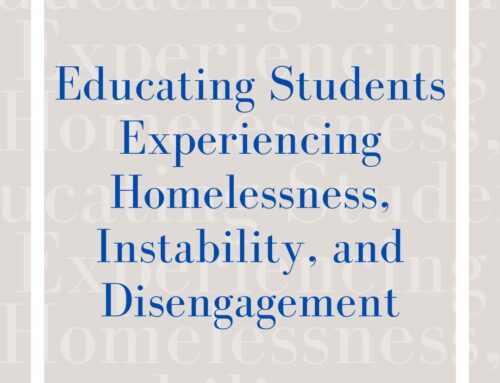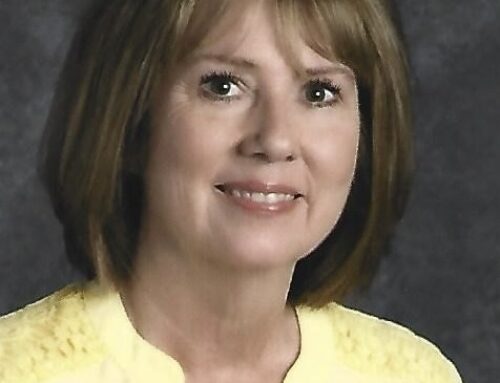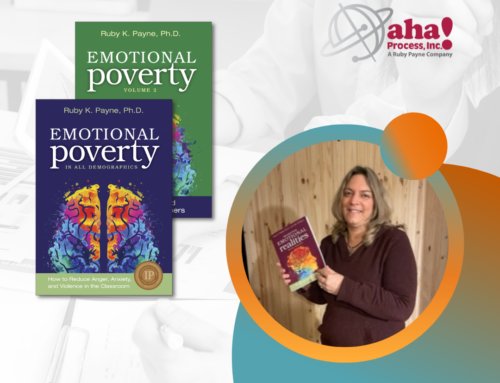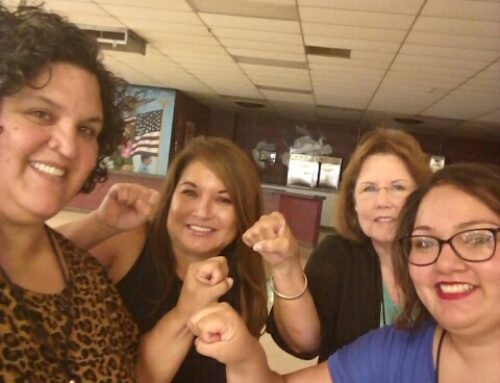Diversity is the norm within today’s schools. And within this landscape of diversity, one finds gifted students from poverty from various cultural backgrounds. The question that is most daunting for today’s schools and educators is the following: How, as educators, do we best serve this vital resource so that talents and gifts are nurtured and developed in an equitable manner for the best educational impact?
In answering this question, there are several key areas that need to be addressed: First, what is the difference between treating students equally and serving them in an equitable way? Second, how do gifted students from poverty differ from students from middle class or very affluent homes? Third, how do we establish an identification system that takes into consideration factors that determine readiness to learn based on the specific backgrounds of the students? And, finally, how do we differentiate the curriculum, instruction, and program design to best serve gifted students from poverty?
The blog entries in this three-part series will investigate sources of inequity, differentiate between equity and equality, and offer solutions that reduce inequity and ensure that all gifted students are identified as such, no matter what their background.
Jo Seidel of Muncie, Indiana, with 30 years as an educator, brings a broad range of experiences to her practice, ranging from teaching mainstream and gifted students, providing long range technical assistance in reading, writing, and problem-solving within the secondary school across content areas, coaching school leaders on processes to accelerate school improvement and raise achievement. Seidel has also worked as a central office administrator in staff development, curriculum, and assessment in an urban school district. In this work, she supervised building principals and developed course content and curriculum in alignment with state standards and course essential questions at the secondary level.









